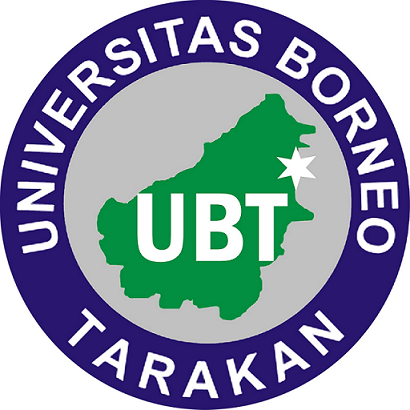CyberNotary Dalam Penyelenggaraan Sertifikasi Elektronik
Abstract
Abstract
Â
Technically there are five principles of an electronic transaction is declared safe, which contains the principle of authenticity, integrity, non repudation, writing and signature and confidenciality. In order to realize these five principles is legally set forth in the form of electronic certification. Electronic certifications are electronic certificates containing Electronic Signatures and identities that indicate the legal status of the parties in the Electronic Transactions issued by the Electronic Certification Operator. One of the institutions providing electronic certification is an electronic certification reliability institution. This institution is independent and filled by professionals, one of which is notary profession. From this comes the concept called cybernotary. This paper is intended to describe cybernotary degan based on the method of normative research conceptually derived data bibliography
Â
Keyword: CyberNotary, Sertificate, Law
Keywords
Full Text:
PDFReferences
Agung Fajar Matra, Penerapan CyberNotary di Indonesia Diitnjau dari Undang-Undang No. 30 Tahun 2004 tentang Jabatan Notaris, Tesis, Jakarta, FH UI.
APJII, Profile Pengguna Internet Indonesia tahun 2012.
Barry M. Leiner, dkk, “A Brief History of the Internet,†ACM SIGCOMM Computer Communication Review, Volume 39, Number 5, October 2009.
Deydi Mokoginta, Konsep Teknologi Informasi, http://www.mokoginta.web.id.
Edmon Makarim, Notaris dan Transaksi Elektronik, Kajian Hukum tentang Cybernotary atau Electronic Notary, Rajawali Pers, Jakarta, 2013.
Edmon Makarim, Tanggung Jawab Penyelenggara Sistem Elektronik, Rajawali Pers, Jakarta, 2010,
Emma Nurita, Cyber Notary, Pemahaman Awal dalam Konsep Pemikiran, Refika Aditama, Bandung:, 2012.
ITdesk.info, Basic Concepts of Information and Communication Technology, Open Society for Idea Exchange (ODRAZI), Zagreb, 2011.
Lucinda Jones,†An Artist's Entry into Cyberspace: Intellectual Property on The Internet,†European Intellectual Property Review, 2000.
Sri Maharsi,†Pengaruh Perkembangan Teknologi Informasi Terhadap Bidang Akuntansi Manajemen,†Jurnal Akuntansi & Keuangan Vol. 2, No. 2, Nopember 2000, hlm. 128.
Tanpa pengarang, “Pengantar Teknologi Informasi,†http://faisalakib.net--http://download.faisalakib.net/--http://teknik-informatika.com/ diakses tanggal 24 April 2015.
UU No. 11 Tahun 2008 tentang Informasi dan Transaksi Elektronik
UU No. 30 Tahun 2004 Jo. UU No. 2 Tahun 2014 tentang Jabatan
DOI: https://doi.org/10.35334/ay.v2i2.1543
Refbacks
- There are currently no refbacks.
Copyright (c) 2020 JURNAL AKTA YUDISIA

This work is licensed under a Creative Commons Attribution-NonCommercial-ShareAlike 4.0 International License.
INDEKS:
 Â Â
  
 Â Â
    Â
   Â
 


 | JURNAL AKTA YUDISIA |
Ciptaan disebarluaskan di bawah Lisensi Creative Commons Atribusi-NonKomersial 4.0 Internasional.







